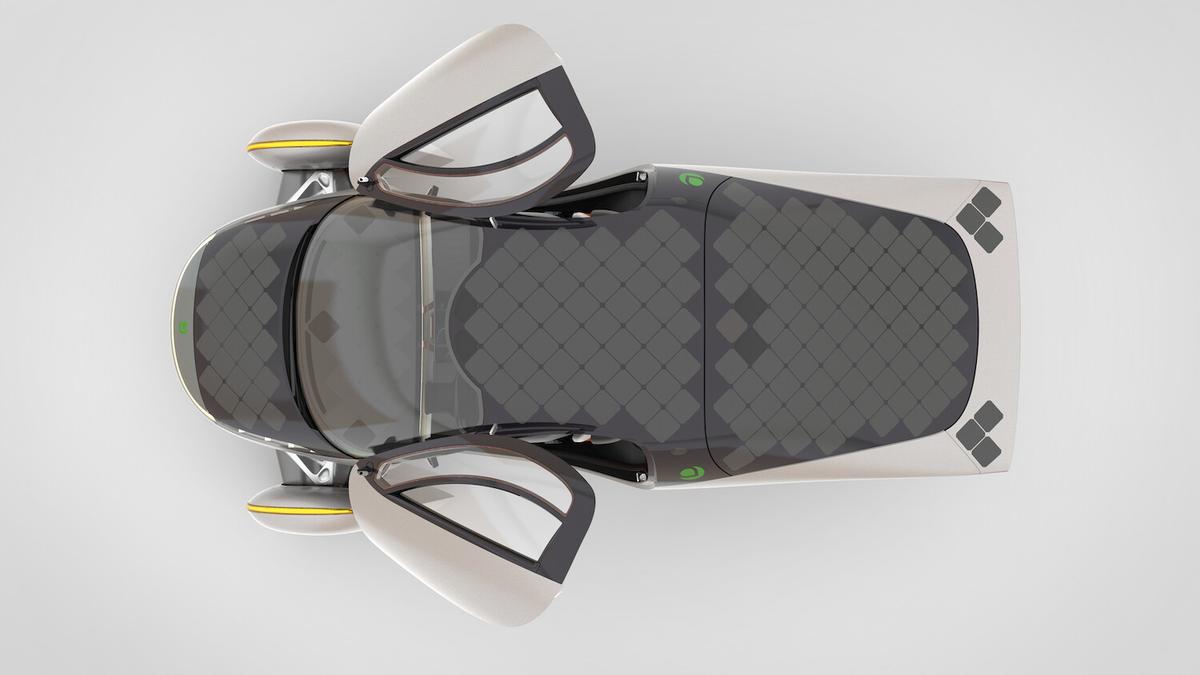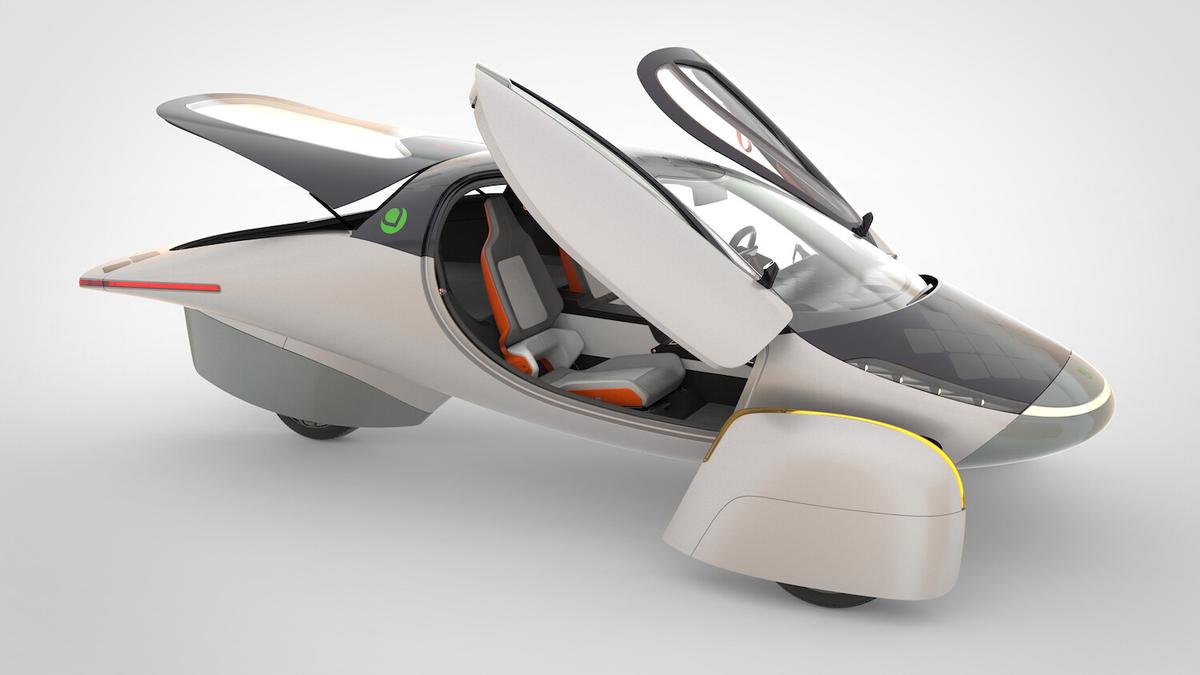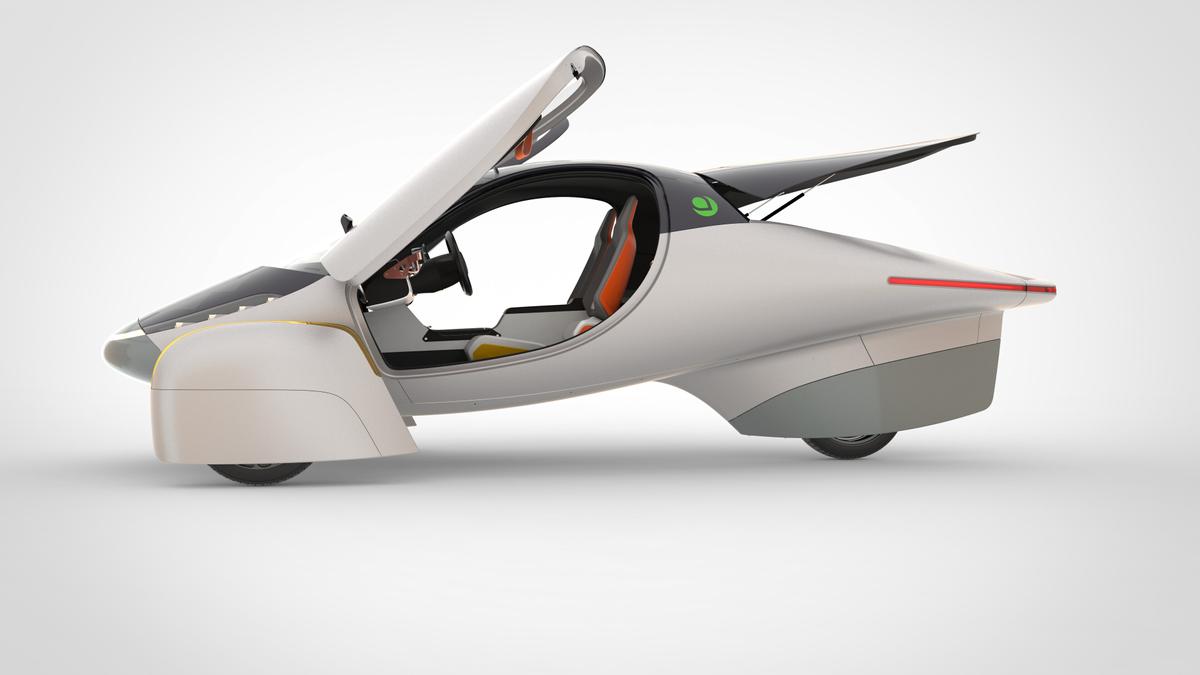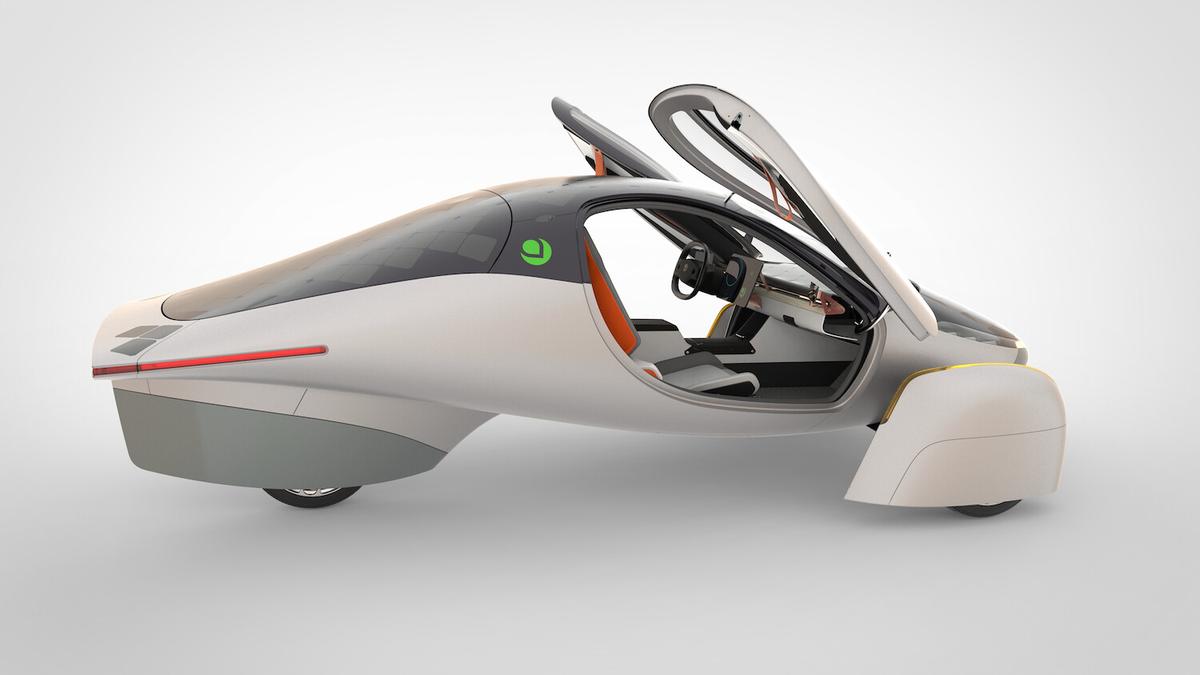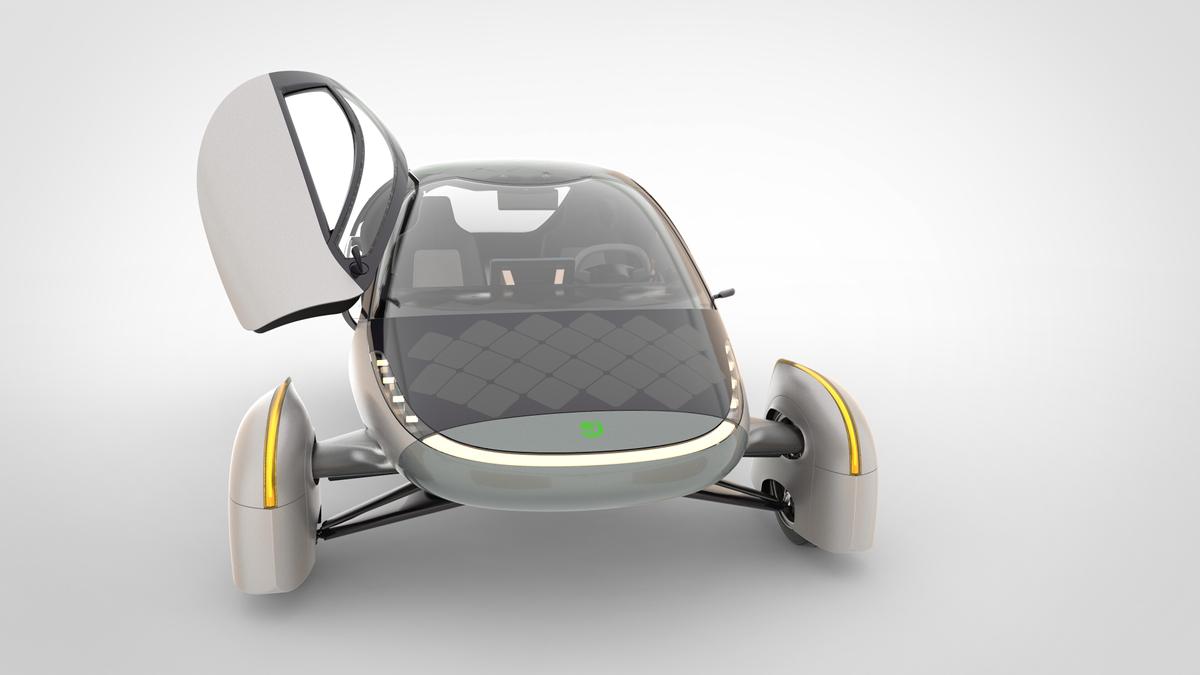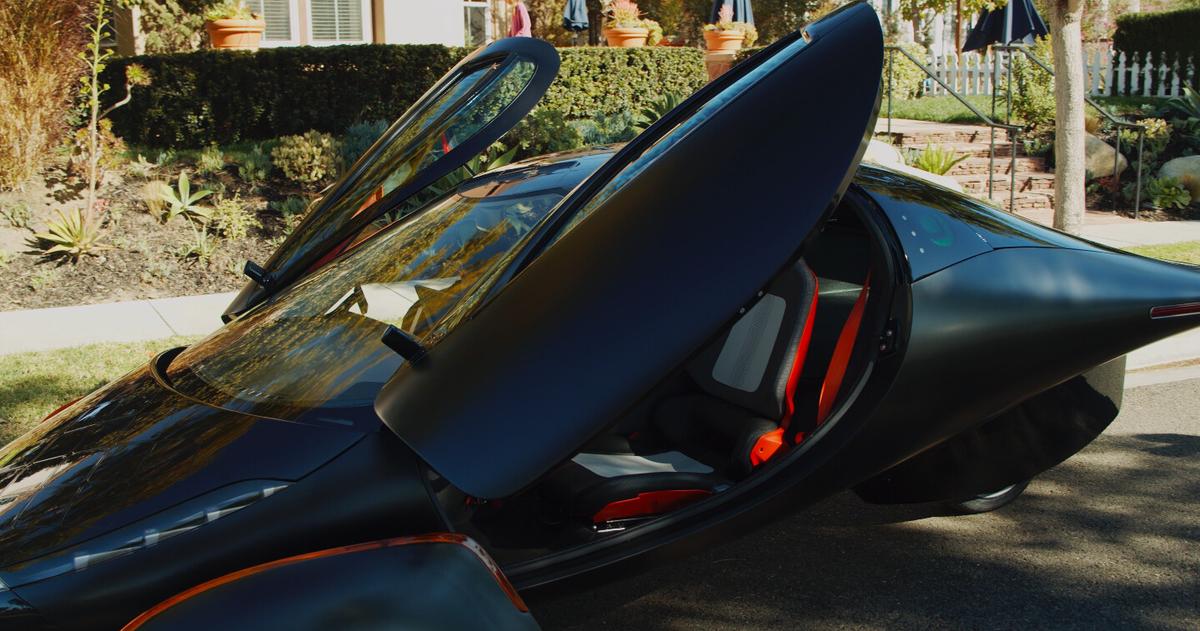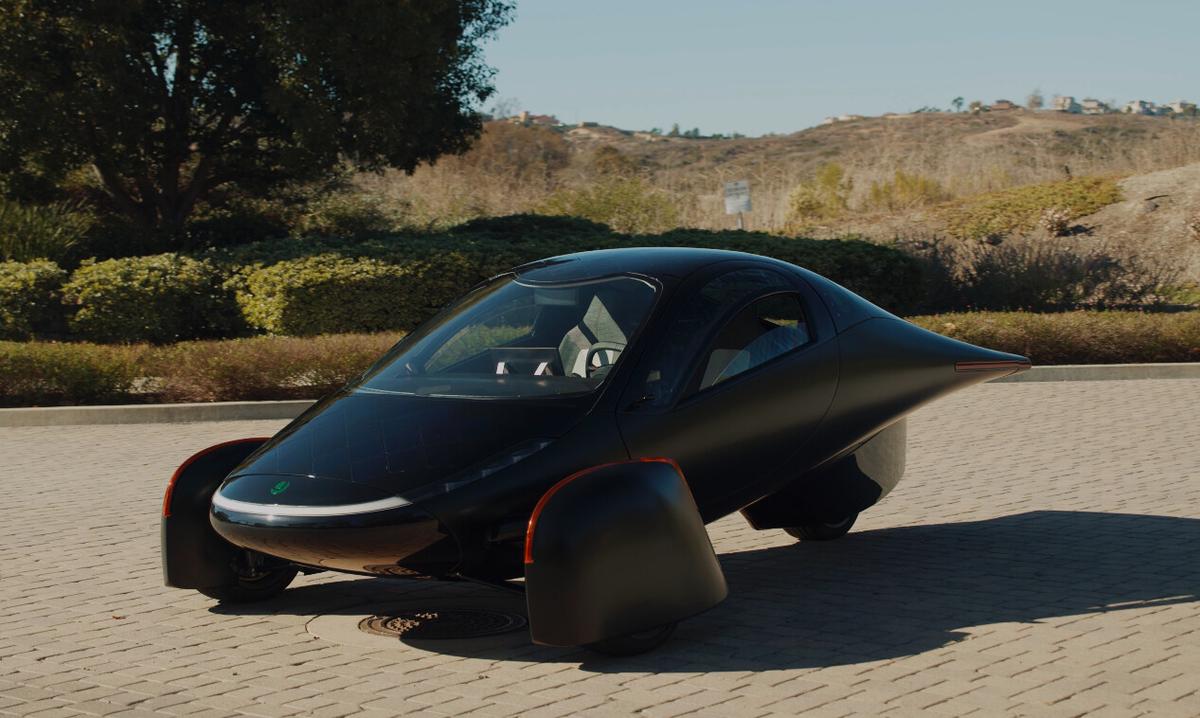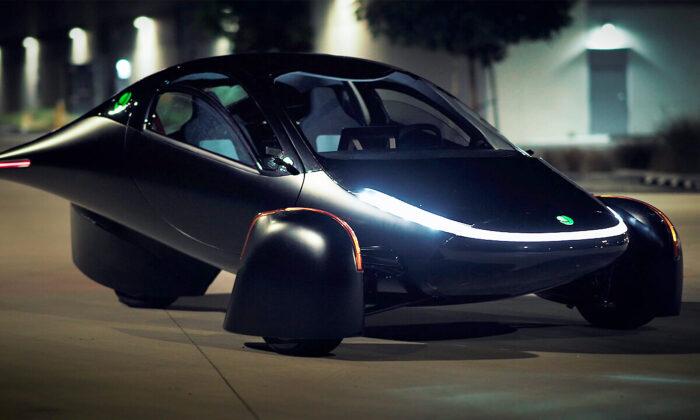Manufacturers have experimented with solar-paneled cars for decades. Now, with sights set on cutting emissions, California-based Aptera Motors believes it has perfected a “Never Charge” solar electric vehicle, capable of efficient performance even after the sun goes down.
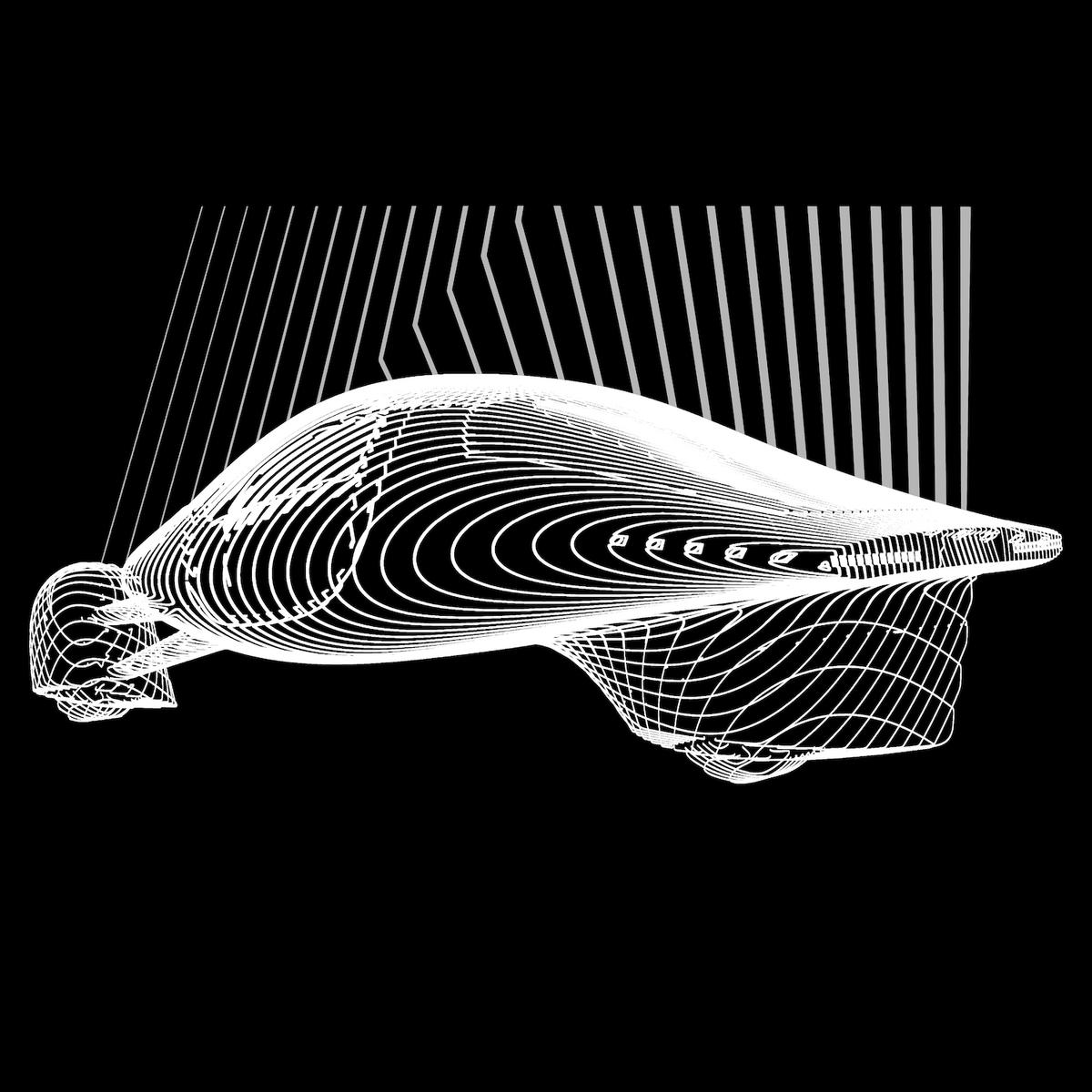
Anthony and creative partner Steve Fambro’s venture occupies part of a 60,500-square-foot (6,085-square-meter) campus in San Diego. With efficiency front and center, Aptera’s “Never Charge” solar electric vehicle (sEV) is a sleek, aerodynamic three-wheeled car, with a body made of just four composite parts stronger than steel.
The car is covered in 34 square feet (approx. 3 square meters) of solar cells. An estimated 90 percent of the power these produce goes directly toward making the vehicle drive.
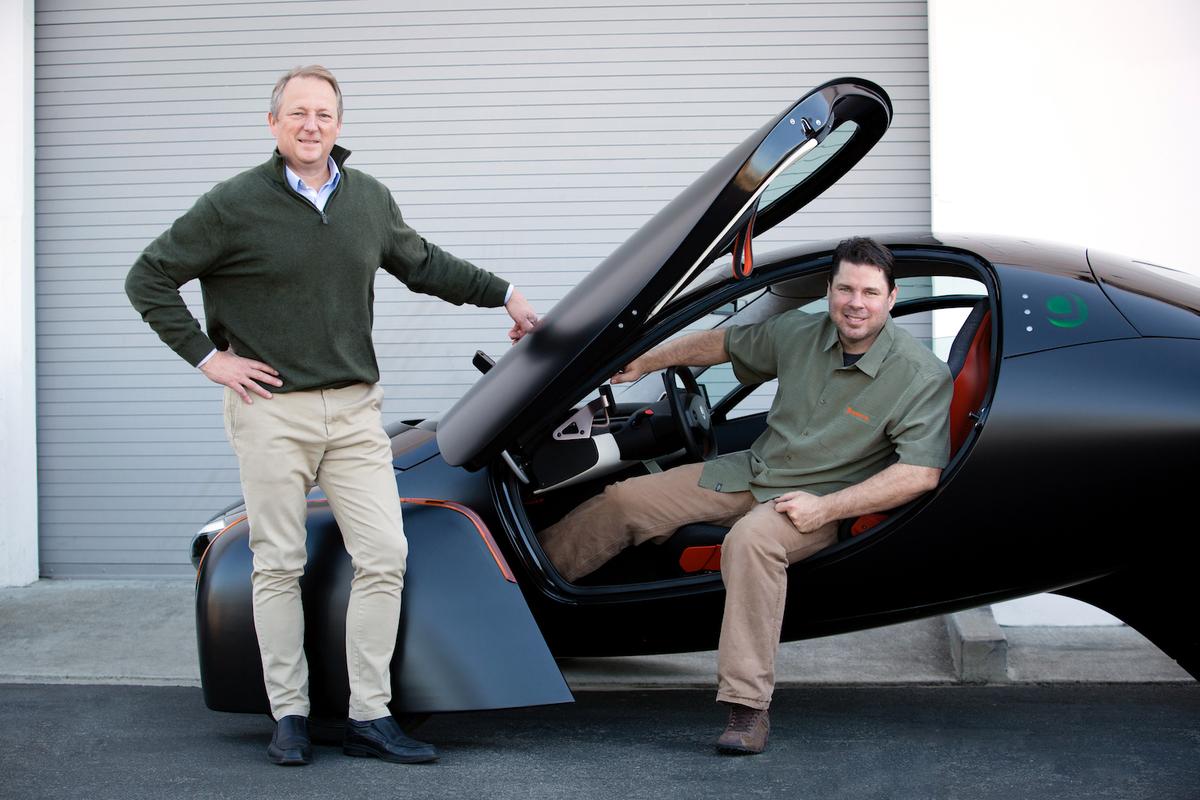
Aptera—Greek for “wingless flight”—unveiled the new sEV in a press release on Dec. 4. As for solving the problem of after sundown, the car’s low-drag profile gives it the longest range of any production vehicle known, meaning charges last longer. The car can also be charged using a regular 100 Watt outlet, and it can travel up to 1,000 miles (approx. 1,600 km) per full charge.
Its “Never Charge” solar technology means it can harness over 40 miles (64 km) per day from sunlight alone—free energy. The quiet, aerodynamic vehicle can reach 60 mph (96 km/h) in just 3.5 seconds and tops out at 110 mph (177 km/h).
Currently undergoing safety tests, the sEV is expected to begin mass production by the end of 2021, for sale starting at $25,900 a unit.
Aptera’s initial attempt to produce its Batmobile-esque sEV ended in bankruptcy amid federal grant negotiations. The design was polarizing; the money never came. The company was liquidated in 2011, five years after its inception.
Then Anthony and Fambro rebooted Aptera in 2019 after a crowdfunding campaign. Advances in technology made their work easier, their design cheaper and more plausible.
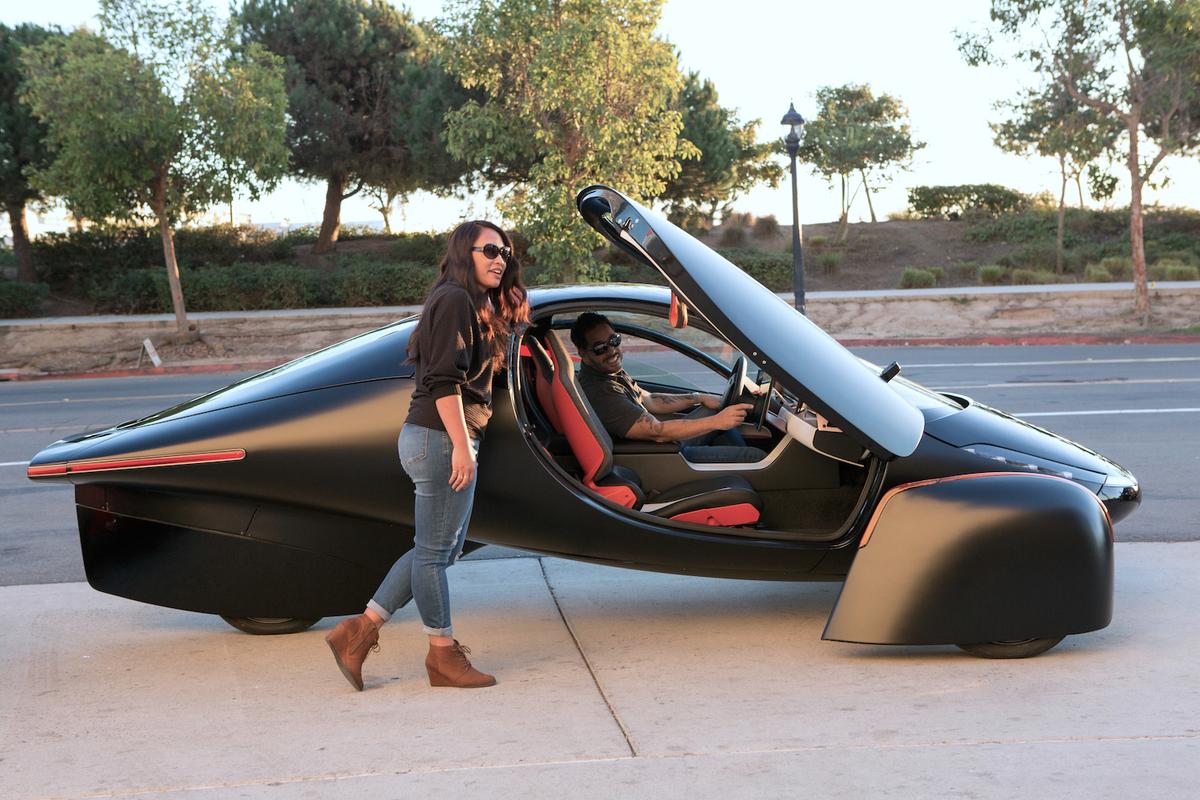
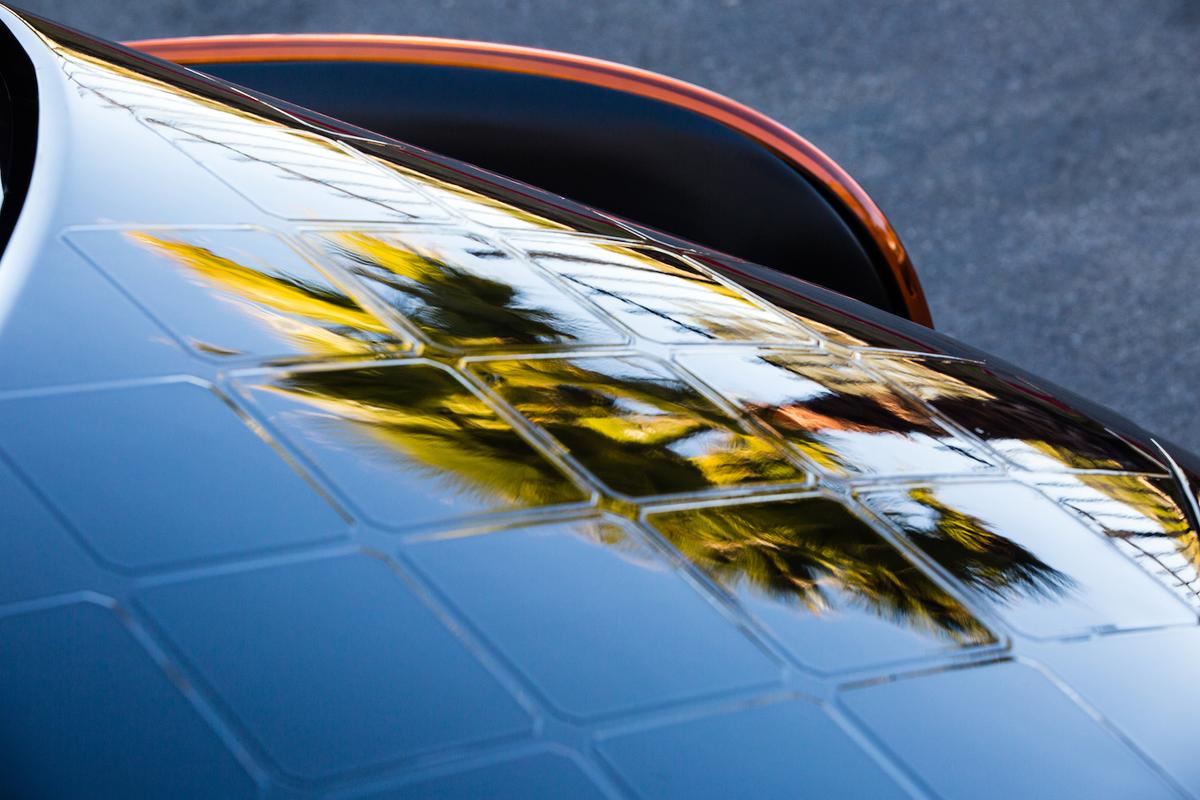
The two-seater sEV has met some criticism for its limitations in the consumer market. Timothy Lipman, co-director of the Transportation Sustainability Research Center at the University of California at Berkeley, told the news outlet, “This is a niche kind of thing.”
He suggested, nonetheless, that advances in solar car technology could help make electric cars more efficient and effect lower energy consumption more broadly.
Still, investors believe in Aptera.
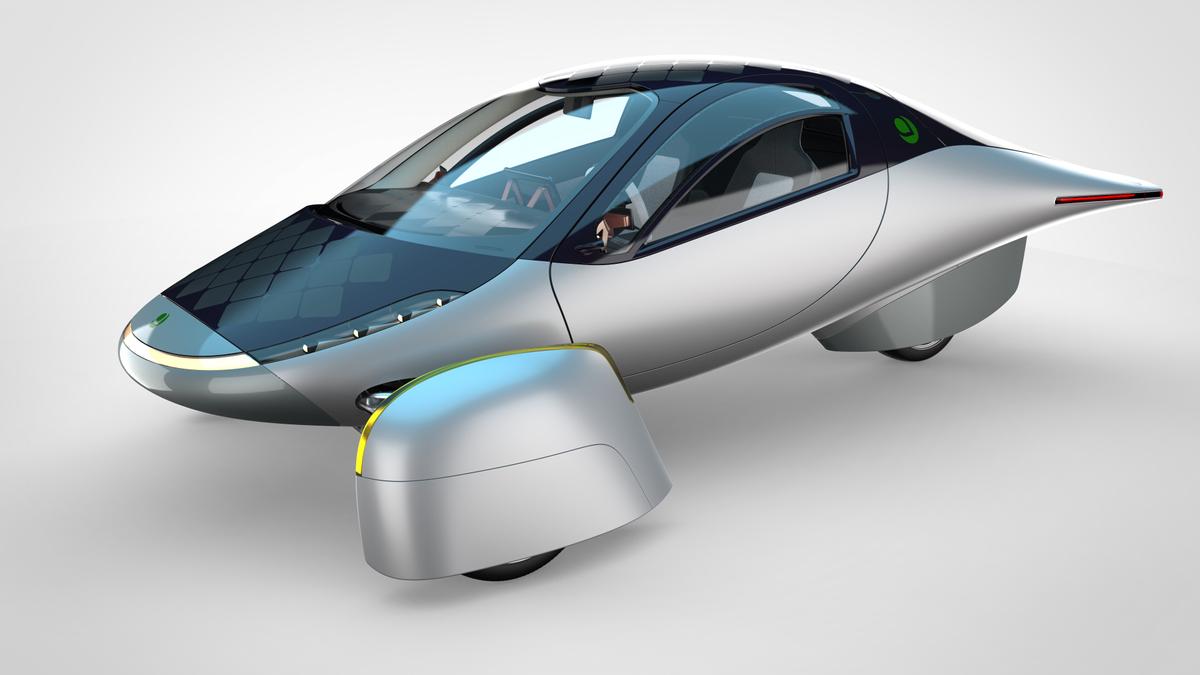
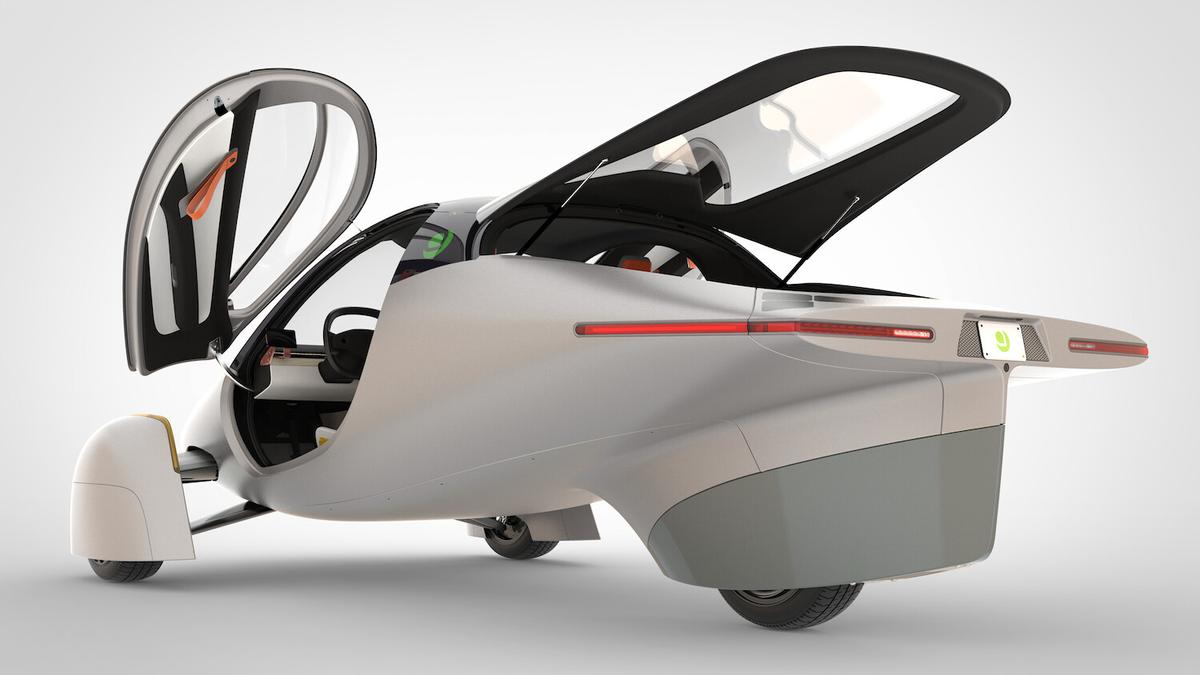
In December 2020, Aptera slated 330 preorders for the sEV in 24 hours. They have since surpassed 7,000 preorders, totaling a quarter-billion dollars in sales.
Potential clients are diverse. Both keen to drive the sEV are: Tyler Perkins, 27, a vegan camping enthusiast and hybrid car driver from Oklahoma City; and Nick Field, 36, a technology buff and accountant based in London.
“They’re actually like, ‘Let’s build a futuristic car, because if we don’t do it no one will,’” Perkins marveled. “And that’s how the future happens.”
